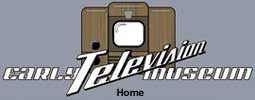 |
 |
 |
 |
Characteristics of the prototype
With its large "square-shaped" holes Nipkow disc, this machine ends the 60 lines prototypes serie of my Mechanical Television Workshop. Although its external presentation does not correspond to an object having really existed, it suggests anyway what the industry could have produced in early 30's.
Receiving machines using 60 holes Nipkow discs have been very rare in the 30's. Among other problems encountered, was the poor performance of the neon lamp whose light hardly passed through the 60 small holes of the disc. So this machine is mainly oriented to purely experimental purposes.
The main features are :
- Large sized Nipkow disc (greater image size)
- Square shaped holes (optimum luminosity)
- Strong magnifying lens (comfort of observation)
- Very good electronic regulation (PLL) of the DC motor, replacing a phonic wheel.
- Flexible and effective system for image framing.
- 25 amber leds array (280.000mcd).
- Versatility for making color experiments
All these features provides 60 lines images of exceptional quality, as never seen before. It reveals the unexpected possibilities of this definition.
Back view showing the stroboscopic disc and the control panel.Behind, the large scanning disc.
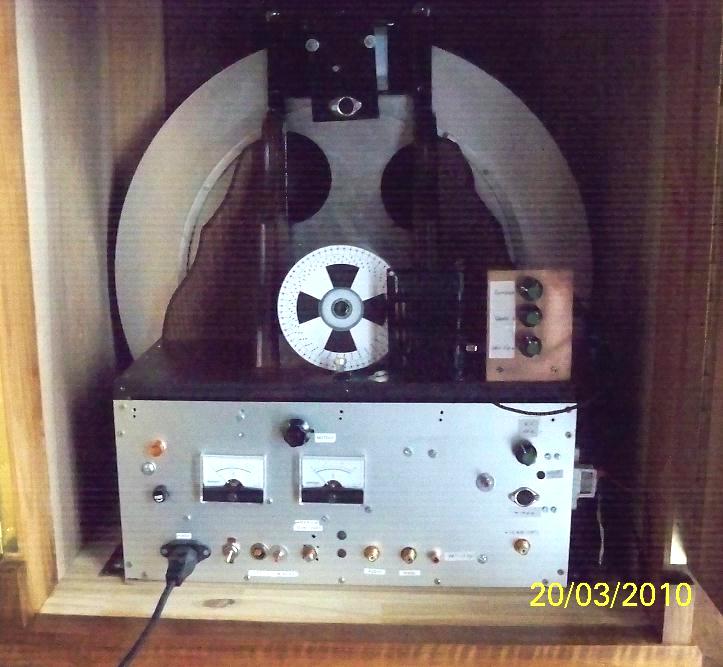
View of the electronics
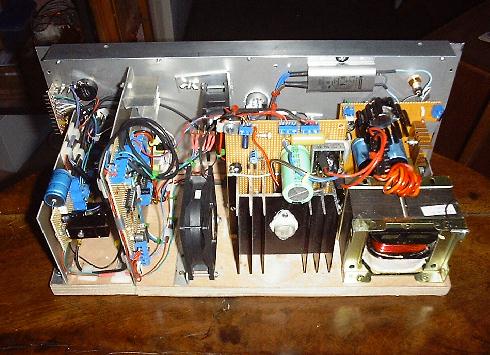
View of the video color converter Aurora WC-01 (top) and the RGB amplifier (below)
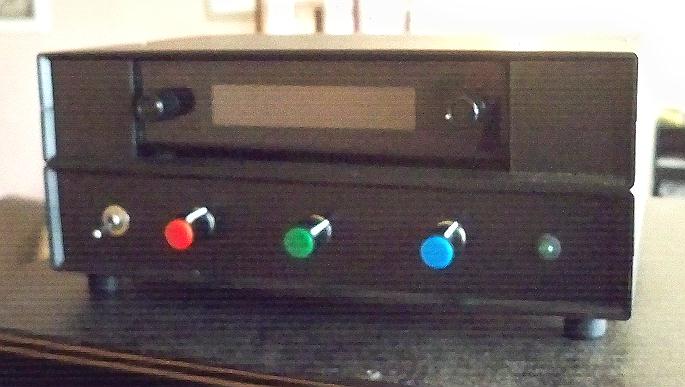
View of the PerkinElmer color luxeon ACULED RGGB mounting with its Auspicious 60° concentration lens.
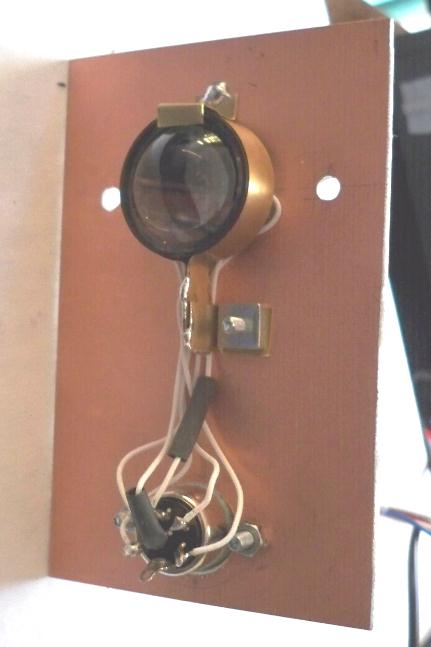
View of the inside of thr RGB amplifier.
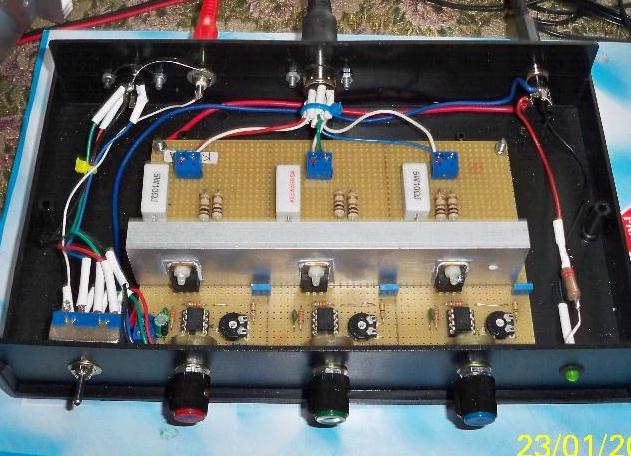
Previous